Back to basics: how to greet somebody – part 2
In the previous post, we looked at the question ‘How are you?’ and the regular way to answer – essentially: ‘I’m fine, thank you.’
We also said that this quickfire exchange is an extension of the initial greeting, without it being the speaker’s intention to know truly and honestly ask how somebody is.
In this most common scenario, the typical intonation is rising and with ‘you’ made prominent.
‘are’ is reduced to ‘a’ /ə/
Let’s call this Pattern 1 – the default pattern – an extension of the greeting
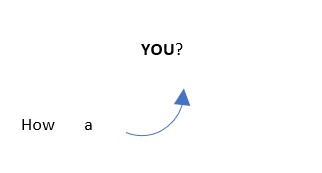
/haʊəˈju/
But suppose you haven’t seen an acquaintance for a long time and therefore it is your genuine intention to ask about their well-being and to dwell on this part of the conversation.
In this scenario, a common intonation is falling and with ‘how’ made prominent.
Let’s call this Pattern 2 – the genuine enquiry
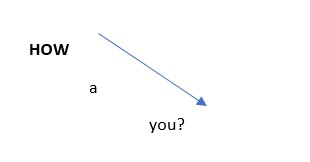
/ˈhaʊəju/
As the responder to the question, picking up on the speaker’s genuine enquiry into your well-being and wishing to respond positively – whether it’s true or not – you can effectively use all the standard variations of ‘I’m fine’.
To show appreciation for the speaker’s question, we would probably use ‘thank you’ instead of just ‘thanks’ and use a higher pitch on the key word: ‘fine’, ‘well’, ‘good’, etc.
In standard greeting responses, the pitch rise will be less marked.
Standard greeting:
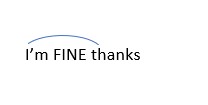
Answering with enthusiasm or sincerity:

Additional expressions for this scenario:
- I’m doing well, thank you.
- Things have been good, thank you.
- Busy! – this could be interpreted positively or negatively. A follow-up would be needed to clarify
What about negative responses?
We shall see some of these after introducing Pattern 3 – concern over somebody’s well-being
Imagine you are visiting a friend who has just come out of hospital. Clearly they are not completely ok. They have just experienced a difficult moment in their life. Knowing this, we can still ask the question ‘How are you?’, but modify the stress positioning.
In this scenario, ‘are’ is made prominent in a falling intonation from that word.
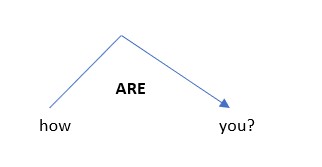
/haʊˈɑːju/
The responder may still want to be upbeat about the situation, whether this is true or not and so the variations of ‘I’m fine, thanks’ are still applicable.
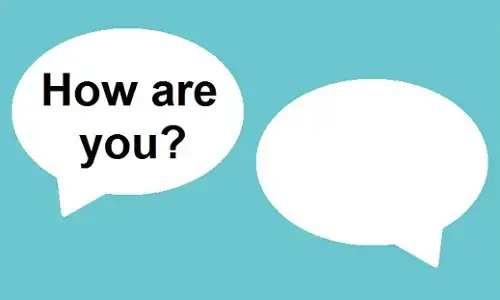
But how to say, effectively, I’m NOT ok!
Trying to be upbeat while acknowledging a degree of negativity:
- Things could be better
- I’ve had better days
- Things could be worse
- I won’t bore you with it all, but things have been difficult lately.
- Surviving!
More upfront with the negativity:
- Not so great
- Not too great
- Not so well
- Not too well
- Not very well
- Not so good
- Not too good
- Not very good
Often, speakers will add ‘to be honest’ at the beginning or end.
In response to a negative answer, the most common response is to say:
‘Oh, I ‘m sorry to hear that.’
Thereafter, how much detail both speakers wish to go into will depend on the strength of the relationship, personality traits and the severity of the problem(s) underlying the negativity.
So there it is! A simple little phrase “How are you?” with a deceptively complex set of variations to test your true command of daily English conversation.
Interested in learning more about British English?
As a school of English in London, we specialise in private lessons
– both face-to-face and online.
We offer a free consultation to all students. Please click here to book your free consultation.
If you are looking for a tailor-made private English lesson with flexibility and a high quality native English teacher, PS English can help you.
We look forward to hearing from you!
